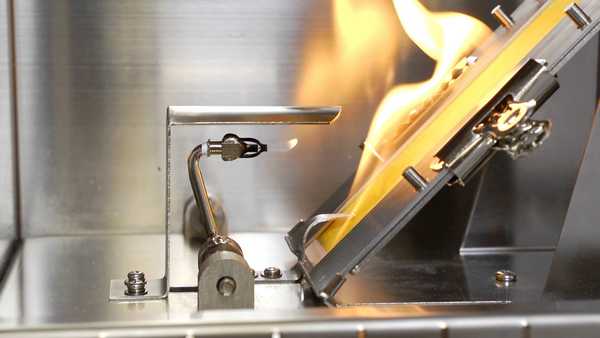- Qinsun Instruments Co., Ltd.
- Tell:+86-21-6780 0179
- Phone:+86-17740808215
- Address:No. 2578 Minhang District Gu Dai Road, Shanghai
- Contact:Mr. Li
- QQ:846490659
Guidelines for selecting fuses

A fuse refers to an electrical device that, when the current exceeds a specified value, uses the heat generated by itself to fuse the melt and disconnect the circuit. A fuse is a device that uses the heat generated by itself to melt the molten metal after the current exceeds the specified value for a period of time, thereby causing the circuit to disconnect; A current protector made using this principle. Fuses are widely used in high and low voltage distribution systems, control systems, and electrical equipment. As short circuit and overcurrent protectors, they are one of the commonly used protective devices.
Low voltage fuse
The requirement for fuses is that they should not melt during normal operation of electrical equipment; When a short circuit occurs, it should be immediately blown; When the current undergoes normal changes (such as during motor starting), the fuse should not melt; When the electrical equipment is continuously overloaded, the fuse should be delayed. The selection of fuses mainly includes type selection and determination of the rated current of the melt.
When selecting the type of fuse, it is mainly based on the protection characteristics of the load and the size of the short-circuit current. For example, fuses used to protect lighting and motors are generally considered for overload protection. In this case, it is hoped that the melting coefficient of the fuse will be appropriately small. Therefore, for lighting circuits and motors with smaller capacity, RC1A series fuses made of lead zinc alloy should be used, while for large capacity lighting circuits and motors, in addition to overload protection, the ability to break short circuit current during short circuit should also be considered. If the short-circuit current is small, RCIA series fuses with tin melt or RM10 series fuses with zinc melt can be used. The protective fuse used for low-voltage power supply lines in workshops generally considers the breaking capacity in the event of a short circuit. When the short-circuit current is high, it is advisable to use RL1 series fuses with high breaking capacity. When the short-circuit current is considerable, it is advisable to use RT0 series fuses with limited current action.
The rated voltage of the fuse should be greater than or equal to the rated voltage of the circuit
The rated current of the fuse should be selected based on the load situation.





